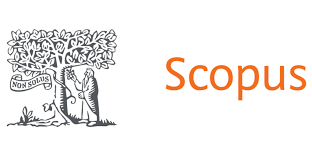GENE INFLUENCE OF ACTN3 AND NOS3 ON SERUM LEVELS OF NITRIC OXIDE AND ON THE CAROTID CALIBER AFTER ECCENTRIC EXERCISE IN QUILOMBOLAS OVER 50 YEARS OLD
DOI:
https://doi.org/10.56238/arev6n2-045Palabras clave:
Resistance Exercise, Endothelium, Vasodilation, Ethnic GroupResumen
Introduction: There are gaps in the literature related to genetic and hemodynamic influences in the face of the protocols of strength exercise, which hinders the prescription of interventions for health promotion. Objective: To check the gene influence of ACTN3 and NOS3 and the serum levels of nitric oxide on the carotid caliber, post-eccentric exercise, in quilombolas over 50 years old. Methods: This is a quasi-experimental study, performed in a community of Quilombola remnants. The 18 participants were submitted to 10 sets of 10 eccentric repetitions in the extension chair, with 120% of 1RM. Serum levels of the NO and carotid caliber were checked pre- and post-intervention. Mann Whitney was used for comparisons; and Spearman for correlations. 5% alpha was adopted. Results: An increase in serum NO and carotid caliber occurred after exercise (p=0.0001; p=0.021). There was no correlation between serum levels of the NO and carotid caliber (r=-0.23 ; p=0.35). As for the ACTN3 and NOS3 polymorphisms, no statistical differences were observed in the responses induced by eccentric exercise in both parameters (ΔNO = ACTN3 R Homozygous and presence of the X allele (p=0.43); NOS3 T Homozygous and presence of the C allele (p=0.95); Δ carotid caliber = ACTN3 R Homozygous of and presence of the X allele (p=0.41); NOS3 T Homozygous of and presence of the C allele (p=0.52). Conclusion: There were no significant variations between serum levels of the NO and carotid caliber for the ACTN3 and NOS3 polymorphisms.






